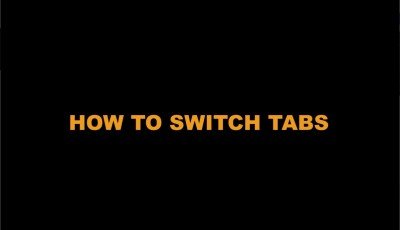Filter Blogs By tag: Blender
The Importance of the Splash Screen in Blender
Blender is a popular open-source 3D design software that has been used by professionals and enthusiasts alike for many years. The software has undergone several updates and improvements over time, with Blender 2.8 being one of the most significant updates in recent years. One of the most noticeable changes in Blender 2.8 is the redesigned splash screen that appears when launching the software. While the splash screen may seem like a minor element, it plays a critical role in setting the tone for the user experience. Discover why the Blender splash screen is more than just a visual element and how it impacts the user experience of the 3D design software.
Mastering Blender's Areas: Customizing Interface and Boosting Workflow Efficiency
Blender, the popular open-source 3D creation software, offers a multitude of features and tools to artists and designers. In this article, we delve into the concept of areas within Blender's interface, exploring how they can be resized, split, joined, and customized to create a tailored workspace. By mastering Blender's areas, you'll be able to optimize your workflow, prioritize essential information, and maximize your productivity. Get ready to unlock the full potential of Blender's interface customization capabilities.
How to Switch Tabs in Blender 3.5: Essential Tutorial to Navigate Interface Sections with Ease
Tabs are a fundamental element in Blender's user interface, allowing you to control overlapping sections and access different sets of tools and options. Understanding how to switch between tabs efficiently can greatly enhance your workflow. In this tutorial, we will explore the various methods to switch tabs in Blender 3.5, enabling you to navigate through different interface sections with ease. Tabs are a fundamental element in Blender 3.5's user interface, allowing you to control overlapping sections and access different sets of tools and options. Understanding how to switch between tabs efficiently can greatly enhance your workflow. In this tutorial, we will explore the various methods to switch tabs in Blender 3.5, enabling you to navigate through different interface sections with ease.
How to Change Editor Type in Blender 2.8x and 3.x: A Step-by-Step Guide
Blender is a powerful 3D modeling, animation, and visual effects software that offers a variety of editors for manipulating different aspects of your projects. In this article, we will walk you through the process of changing the editor type in Blender 2.8x and 3.x versions, allowing you to customize your workspace according to your specific needs.
Exploring Blender default layout: A comprehensive guide
One of the most crucial aspects of using Blender 2.8 and later versions is understanding its default layout. The default layout provides a starting point for users to access the software's various tools and functions. In this article, we will explore the Blender default layout in detail, including its features, menus, and tools.
Default Layout Workspace Overview in Blender
When working with Blender, understanding the full layout of the interface is essential for efficient navigation and productivity. In this article, we will explore the different editors presented on the screen and delve into the regions that make up each editor. By the end, you'll have a solid understanding of the main areas within Blender and how to utilize them effectively.











